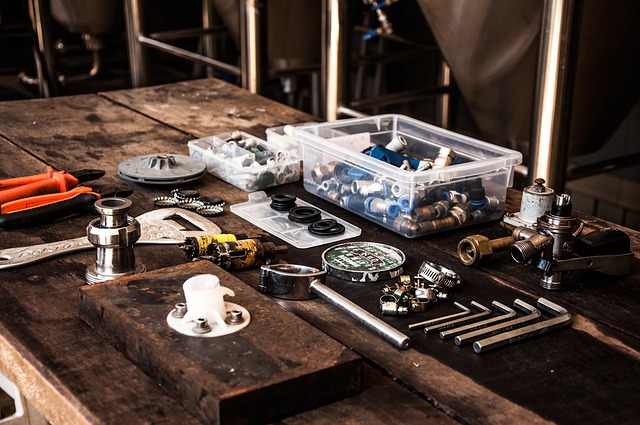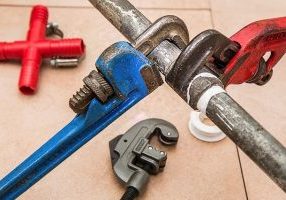Today’s homes have intricate hot and cold water systems, but when they fail, you could be facing a soggy mess in your house. A smart homeowner should not only know how to spot and take care of small plumbing problems but also when to call in the professionals before it becomes major and costly affair.
In plumbing, it pays to be alert to any signs of potential plumbing failures. Damp cabinets, dripping refrigerators, leaking faucets, and rocking toilets are all signals that your plumbing needs fast attention.
Here are 6 Tips On Preventive Home Plumbing Maintenance:

1. Get Repairs Done Early
A continually leaking faucet is not only annoying but the released moisture adds to the wear on your sink fixtures and encourages mildew growth. The only way to avoid such scenarios is to keep your entire household dry and clean. Any sign of a problem should be dealt with early.
2. Locate Main Water Shut-off and Sewer Valves
Know the location of household’s main water shut-off and sewer valves. When water is pouring down from a burst pipe, you need to quickly shut-off the main water supply. Nothing can be more stressful than a misplaced shut-off key or missing flashlight at night, so always have these strategically placed for quick access. You will need to direct the plumber to the main sewer valve to get faster emergency service.
3. Fixing Bathroom Clogs
Bathroom clogs are certainly no fun when they happen. So, once a week, it’s good to run hot water down your drain as it helps in keeping it free-flowing. Fix the showers and tubs with strainers that will catch soap chips and hair. Ensure the strainers get cleaned regularly. Never use a hanger rod or a pipe to clear clogs as they can loosen fasteners and joints.

4. Checking Toilets Leaks
To check for any small toilet leaks, you can put a little food colouring into your toilet cistern and check if any colouring is visible in the bowl later as this would be an indication of a leak. This means you need to possibly replace the washers etc.
5. Avoid Chemical Drain Cleaners
Clogged drains can be cleaned with chemical products. However, some of these products can at times erode your cast-iron drainpipes. For example, caustic drain cleaners tend to get trapped within the pipe system and can potentially cause serious damage to your piping. It is best to contact a professional plumber.
6. Soften the Water
If your water supply has a high mineral content (hard water), it can reduce the lifespan of your plumbing. A build-up of white stuff on taps and shower heads is an indication of hard water. To effectively deal with the challenge of hard water, install a water softener.
Conclusion
With a little knowledge and a few maintenance plumbing tools, you can easily handle those small plumbing emergencies in your home. With a plunger, a sewer snake, and a pipe wrench as part your tool kit, problems like dripping faucets, blocked toilets, stuck valves, and clogged drains can be taken care of easily. However, always have the contacts of a local plumber at hand for those complicated emergency issues.





